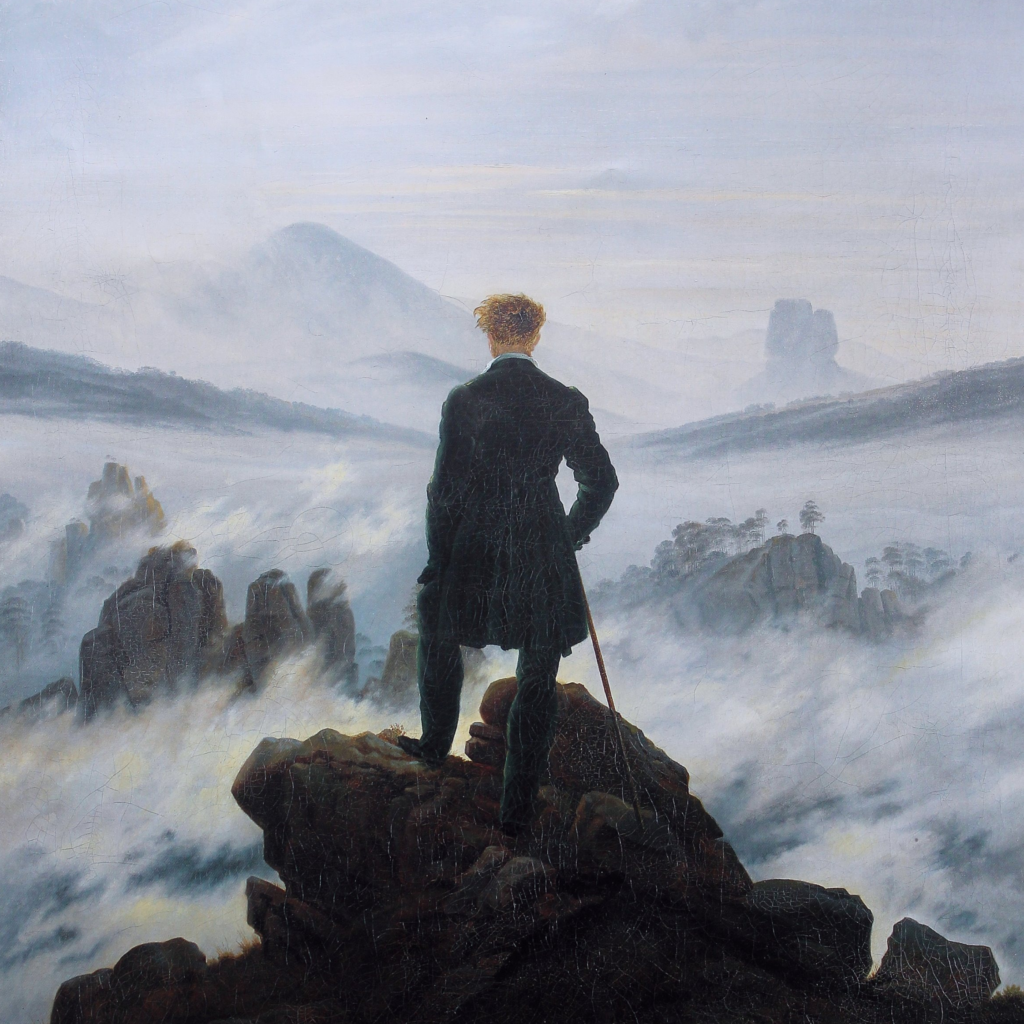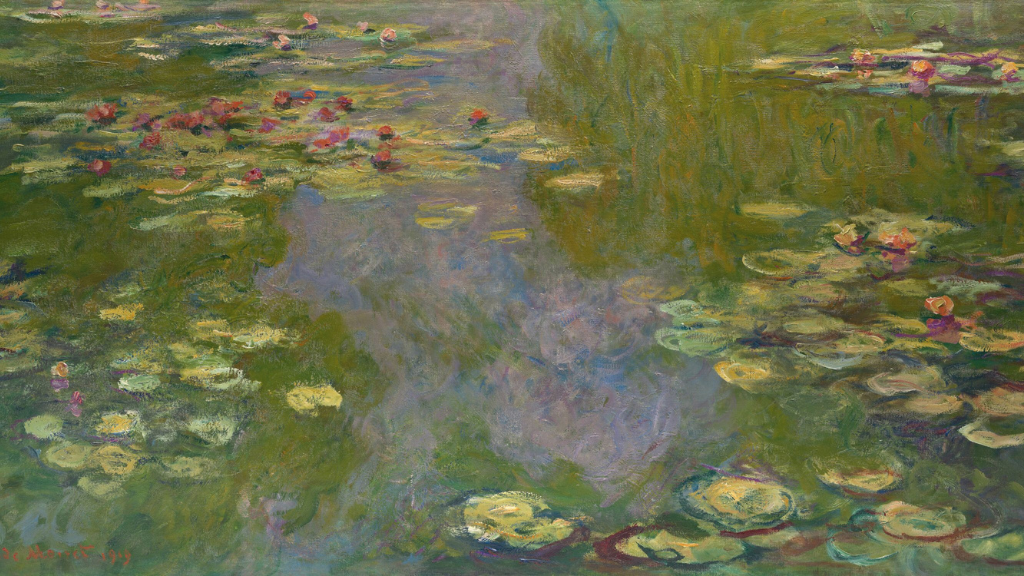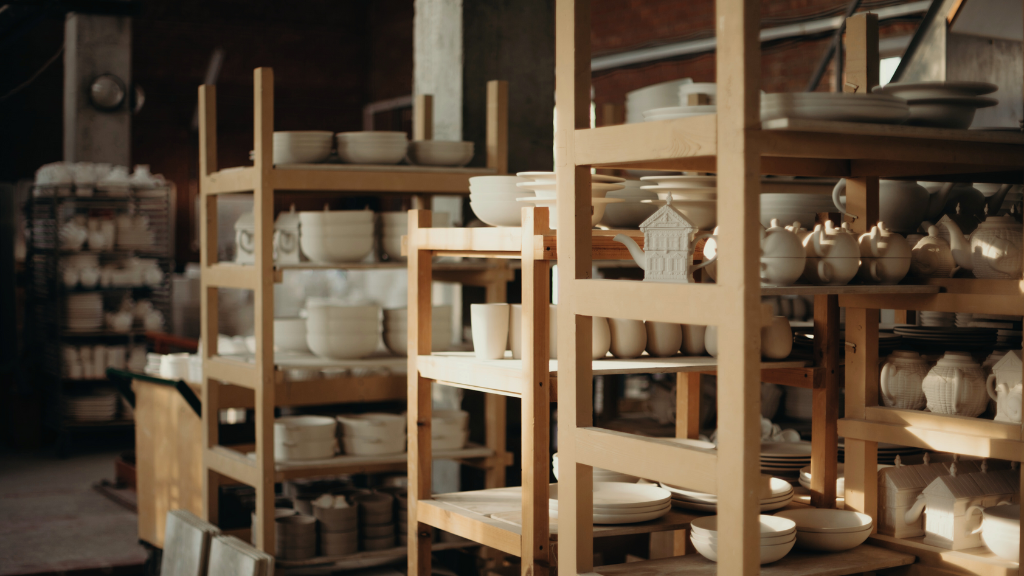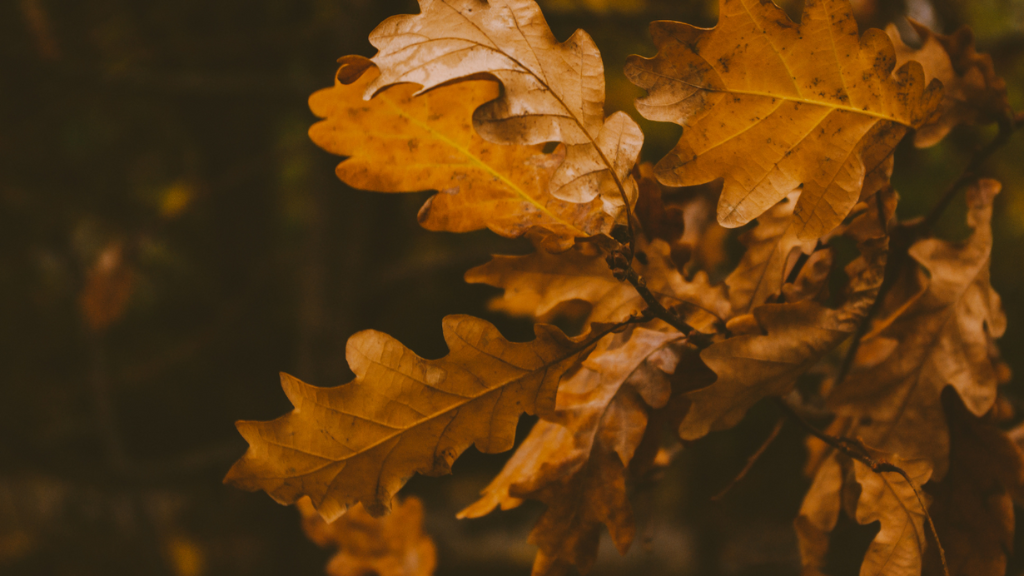Learn to Paint at Home

In this post we’re going to talk about learning to paint at home. Learning to paint without going to art school and without previous experience can be daunting, so we’re going to cover five tips to help you start your journey as a self-taught artist.
DRAWING
Sketching a painting before getting started is important for symmetry and clarity, especially if you’re unfamiliar with painting. It’s not the best idea to jump into a new painting without seeing where different parts or colors will go. Doing a 30 day drawing challenge to work on warm ups and shapes or sketching during the day can help you become more comfortable with drawing if you’re a beginner. Having a drawing practice along side your paintings practice will help you develop important skills and basics that will be used often in your painting process!
RESOURCES
I think one of the best resources for painting are those tutorial books you can craft stores. They may not be in your style or use colors you prefer, but I’ve found them surprisingly easy to follow. Having the directions in writing right in front of you makes it easy to see how and why you should do things in a certain order. As a beginner, these books can do a lot to help you understand blocking colors, creating values, or the basics of a specific style you want to learn. YouTube is also be great for resources. You can find a range of tips and tutorials for different experience levels, types of paintings, and really specific studies to build a strong foundation! Don’t go crazy buying books on painting, start with one or two books or one playlist on YouTube that focuses on one topic, work through what you have gathered, then move on to the next subject.
BEING BAD AT THINGS
You are going to make a lot of crappy paintings. It happens. You might get one really great painting out of like 8 and that is fine. Keep the good one around to remind yourself what your capable of. You can even paint over the others or just hold onto those bad ones. You might look back at these and find that their not as bad as you initially thought. Being bad at things and struggling is just part of life, but if you keep working you may find that progress starts to come easier. Each time you challenge your self to stick to what you started or remind yourself of that big goal, or remember that reason why you start painting, it will make the bad days easier to stomach and good days more fun. Take a moment to feel proud of the effort you’ve put in so far and keep pushing forward one step at a time.

MAKING A ROUTINE
Making a routine is so important for sticking to any new hobby. For paining I made Fridays my obligatory “STUDIO DAY”. It doesn’t matter when I paint, I just need to take some time out of my day, get into a studio head space or art class head space or wine and sip head space and just get started. However, some days it is hard to sit down and paint. I will take time away especially if I’m working a lot or college is taking up my time. Its best to do what you ought to do and come back to painting when the time is right. BUT remember to stay inspired, take a quick look through your previous paintings, scroll on Pinterest for tutorials for when you get back into it, or take yourself on a museum date to reinvigorate your motivation. Have a routine, stick to it as best as you can, and try not to beat yourself up when you miss a painting day. If you get to a point where its been a month, or two months or more where you haven’t painted, try to just start again. Sit down and paint something you’ve already painted before, this will help to shake those cobwebs off and remind you what it feels like to be in that lovely space of painting and musing again.
STUDIES
Working on small parts of the painting process can be rewarding and I think a bit more fun than doing an entire painting. For example if you want to learn about ocean scapes, take a day just to practice painting waves, or if you want to paint the sky, start learning about gradients or learn to paint clouds. If you want to paint portraits, maybe just paint an eye, then a mouth, then a nose before painting an entire portrait. Little studies brought together can allow you to isolate important parts of the painting process before creating a bigger piece. An important place to start when you decide you want to learn to paint is thinking of what you want to paint. You may start with multiple subjects and interests and eventually narrow your interest down to focus on two or three things you enjoy painting the most. Make a list of what you want to learn, break up the aspects of those subjects, and start small!
Conclusion
To begin your journey as a painter, first work on drawing, this is an important part of the painting process that will help you with clarity. Next find resources that work for you, weather those are books, YouTube videos, TikTok’s, its good to have a guide through the process. Then be prepared to fail and to succeed, you’re going to make a lot of bad paintings and a few really great ones, enjoy those great ones. As for the bad ones, enjoy the time you spent working on something you love and acknowledge the effort you are putting forward. Make a solid routine, have your painting days set and when you inevitably skip, don’t let that painting day become non existent. Keep reminding yourself, even on days when you don’t paint, that this is the day you paint. Last, decide what you want to paint and start working on those studies. Small pieces brought together make for really beautiful art and often those smaller, focused pieces come out really well and are a joy to work on. I hope you enjoyed this post and we’ll see you on the next one!


